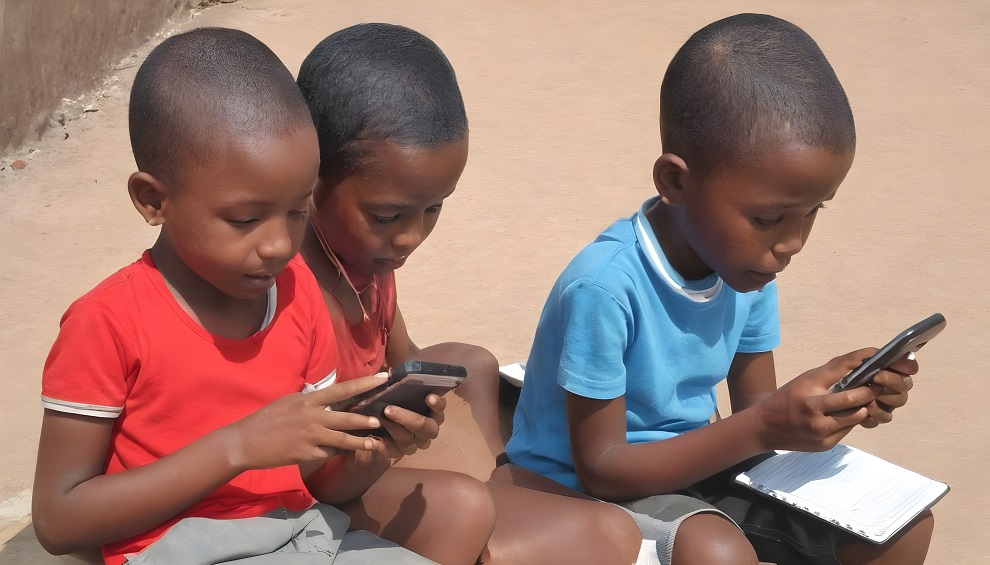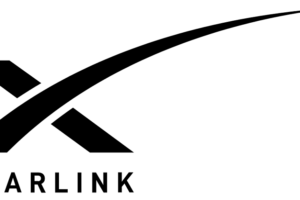Governments must do more to ensure their citizens are armed with the crucial digital skills needed to access the online opportunities available to them, according to leading footballer Asisat Oshoala and global telecoms trade body the GSMA.
Oshoala, capped 61 times by Nigeria and founder of the Asisat Oshoala Foundation in Lagos, used MWC Barcelona 2024 to draw attention to the Usage Gap, an issue that affects 3 billion people worldwide and is especially prevalent in Sub-Saharan Africa, in her new role as the GSMA’s ambassador for the Breaking Barriers campaign.
The Usage Gap is when people are not using mobile broadband networks despite living in areas with coverage available to them. As infrastructure has improved and mobile coverage has expanded to cover 95% of the world’s population, the greater challenge for the telecoms industry is now to help more people to make use of this connectivity.
While 38% of people globally do not use mobile internet despite living in areas covered by mobile, this Usage Gap rises to 59% across Sub-Saharan Africa. Among the main barriers causing the Usage Gap is a lack of digital literacy and skills.
The Asisat Oshoala Foundation works with marginalised young women in Nigeria and across Sub-Saharan Africa and aims to provide them with the skills they need to be successful in life. This includes the transformative impact digital literacy can have in opening vital avenues for social mobility, economic success, improved access to education, healthcare, e-commerce, and financial services.
Asisat Oshoala, Founder of the Asisat Oshoala Foundation, comments: “Growing up, I saw the effects of the Usage Gap with my own eyes. This is why I use my Foundation to help the younger generation learn how to use the internet, and why I am working with the GSMA to help close the Usage Gap.
“Access to the internet, and the skills required to do so, should be universal and therefore needs to be prioritised by governments worldwide. We need more than individual efforts – we need policymakers to focus on uniting with the communications industry to overcome the barriers to digital inclusion and encourage digital literacy to help more people around the world access life-changing opportunities.”
The GSMA’s State of Mobile Internet Connectivity Report outlines the five key barriers that continue to directly fuel the Usage Gap: affordability of handset devices and data services; digital literacy and skills; lack of relevant content or services; online safety; and access-related issues. Despite significant strides in expanding mobile broadband coverage, the Usage Gap persists, with the vast majority of people unconnected due to issues other than a lack of coverage.
MWC Barcelona, the telecoms industry’s flagship event, convenes not only key industry leaders but also global policy makers and regulators, offering a rare opportunity to debate crucial issues such as the Usage Gap, and to outline solutions – such as collaboration between public and private bodies in improving access to digital literacy programmes in the most affected regions like Sub-Saharan Africa.
Lara Dewar, Chief Marketing Officer of the GSMA, comments: “The Usage Gap is a major barrier to achieving digital inclusion, and the longer the issue fails to be addressed, the less likely it is that the UN’s Social Development Goals for digital inclusion will be reached.
“Asisat Oshoala’s message could not be more timely or important. Collaborative action by all stakeholders – governments, regulators and the telecoms industry – is imperative if we’re to reduce and remove the barriers to connectivity, accelerate digital inclusion, and ensure we are not leaving anyone behind in an increasingly connected world.”












